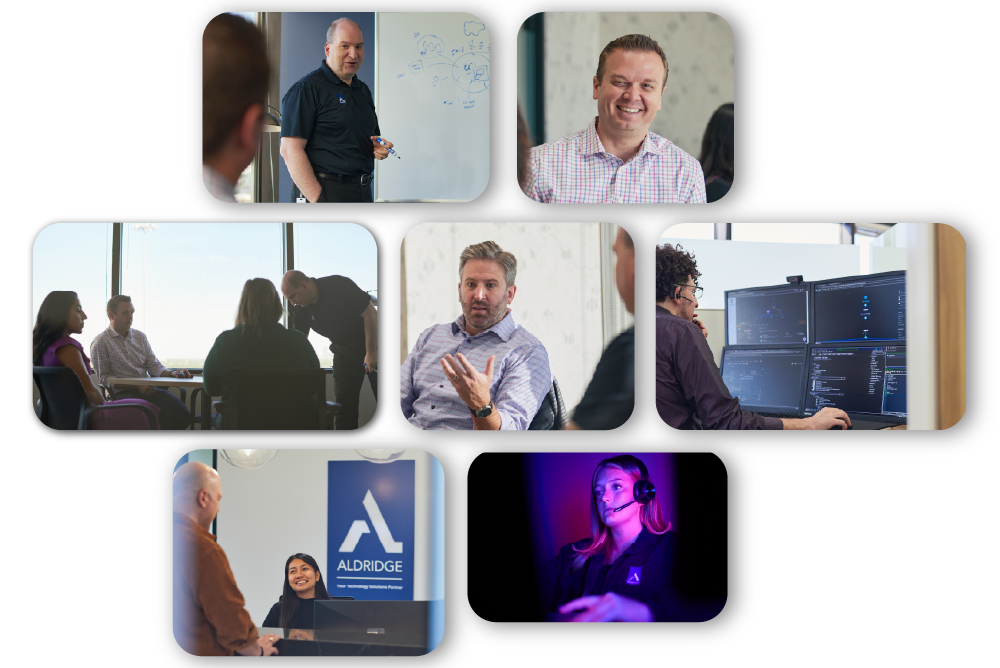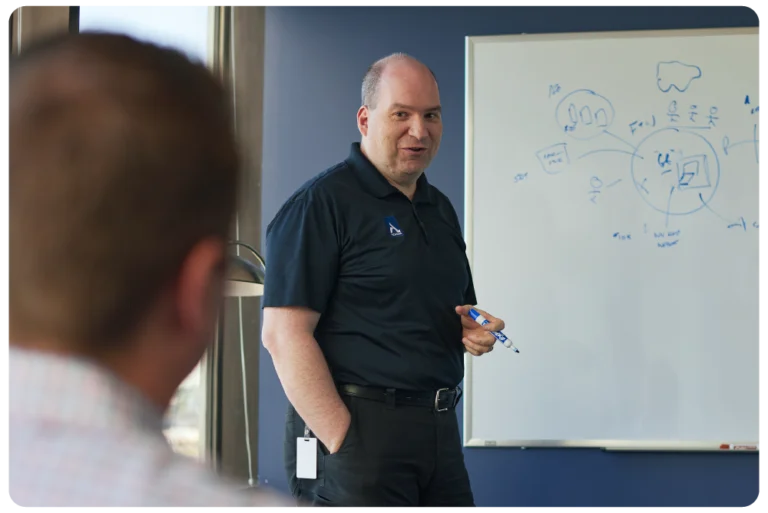For decades, IT leaders have defaulted to the same model for network infrastructure: purchase the hardware, deploy it, and maintain it until the next refresh cycle forces another round of upgrades. It’s familiar, but familiarity doesn’t equal efficiency.
With Network-as-a-Service (NaaS) gaining traction, many CIOs and IT Directors are now asking a critical question: is it still worth owning the network outright?
The Traditional Network Ownership Model
Owning network infrastructure means shouldering three big burdens:
- Lifecycle Stagnation – Hardware purchased today will age quickly. By year three, critical security features and performance improvements often arrive that you can’t adopt until the next refresh, leaving gaps in capability and compliance.
- Operational Drag – Firmware updates, monitoring, troubleshooting, and vendor escalations all fall on internal staff. Skilled engineers spend time maintaining and firefighting instead of advancing cloud, security, or application projects.
- Inflexible Architecture – Expansion, new sites, or sudden capacity changes require new procurement projects and complex integrations. Refresh cycles lock you into a topology that may not keep pace with business needs.
This model is predictable in the worst way: predictable technical debt, predictable performance gaps, and a predictable drain on your team’s time and focus.
The NaaS Model: A Different Approach
NaaS transforms how networks are built and operated by delivering enterprise-grade infrastructure as an ongoing service rather than an owned asset. Instead of capital purchases and long refresh cycles, IT leaders gain:
- Continuous Modernization – Hardware, firmware, and features stay current as part of the service. You adopt better security and performance enhancements as soon as they’re available, no waiting for a budget cycle or refresh window.
- Operational Efficiency & Focus – 24/7 monitoring, patching, and vendor support shift to the provider under defined SLAs. Your engineers reclaim time to lead strategic projects such as cloud migrations, zero-trust security, and application rollouts.
- Integrated Security by Design – Devices arrive hardened, with proactive patching and continuous monitoring built in. Security baselines and zero-trust policies are enforced from day one and maintained automatically.
- Agile Scalability – Adding a branch, increasing throughput, or reconfiguring for new workloads happens through centralized orchestration and pre-provisioned gear, without procurement delays or complex change windows.
- Deep Visibility & Data-Driven Insights – Advanced telemetry and AI-driven analytics give your team a real-time view of network health, capacity, and performance trends for smarter planning and faster root-cause analysis.
Traditional Network Ownership vs. NaaS: Side by Side
| Factor | Traditional Ownership | NaaS |
|---|---|---|
| Lifecycle | Fixed refresh cycles; prone to obsolescence | Continuous hardware/firmware upgrades and patching |
| Operational Load | Updates, monitoring, and troubleshooting on internal team | Offloaded to provider with SLA-backed support |
| Security Posture | Relies on internal patch cadence; gaps common mid-cycle | Hardened devices, proactive patching, continuous monitoring |
| Scalability | New procurement and licensing required for expansion | Rapid provisioning and changes via service model |
| Visibility | Limited point-in-time data | Rich telemetry and AI analytics for proactive insight |
The Strategic Question for IT Leaders
The decision isn’t just about cost, it’s about how your network strategy aligns with your broader IT roadmap. Cloud, SaaS, and security are already delivered “as-a-service.” The network is the next logical step.
Owning your network may feel comfortable, but it increasingly works against modern IT strategy. NaaS offers a model that is operationally efficient, security-focused, and strategically agile, removing friction so your team can deliver projects that truly move the business forward.
Why Work with Aldridge
Aldridge is a Managed Services Provider that partners with IT leaders through a co-managed IT approach, working alongside your team to take routine tasks off your plate so you can focus on the strategic projects that add real value to your business. Aldridge’s Network-as-a-Service offering provides enterprise-grade connectivity without the complexity of owning and managing hardware yourself.
You’ll get:
- Enterprise-grade firewalls, switches, and wireless access points
- Ongoing maintenance, updates, and lifecycle management
- 24/7 monitoring and proactive support from a security-first team
- Centralized orchestration for rapid deployments and changes
If your next network upgrade is looming, or already overdue, there’s a more modern, technically sound path forward.







